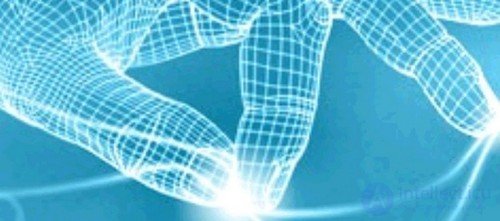Lecture

Why do we promote our keyword when we are already in first place in the issue? Why do we pay for traffic if we already get it for free?
It turns out that the question here needs to be put a little differently - whether or not you should promote the keywords and the question is how much to pay for it .
For optimizers like me (maybe you) this question has been around for years.
So why is there so little information on this? Why there are no established rules that could answer this long-standing question?
I truly believe that the reason for this was the lack of good data in conversations about the interaction of purchased and natural search traffic .
As a result of this, in all conversations and disputes we cannot come to a common opinion. I am very grateful for the fact that all the time of my career I have been surrounded by optimizers who understand how search engines work, etc.
They understand that issuing is a very complex mechanism , where each link has its own CTR and that each CTR is affected by the number of links to that link.
This is a separate topic for discussion, so I encourage everyone to get acquainted with information that is somehow related to paid and natural search traffic.
First, let's look at a few rules:
Another thing that needs to be understood is the numerous variables that affect both paid and natural search traffic - search volumes, page content, keyword bids and rankings - prevent us from making some rigorous scientific conclusions about paid and natural search traffic.
It is simply not possible to exclude all factors affecting it . However, there are several ways that will help collect very useful information that can be analyzed, and only then make very useful and effective conclusions.
The following ... Let's agree on some basic principles:
Now, consider the following approaches for collecting the information needed for cannibalization and recovery:
Now, you need to collect data and evaluate recovery and cannibalization. You need to be very resourceful to establish a basic level for natural search traffic.
In fact, you need to establish a basic level of natural traffic during the period when the advertising company is disabled?
To do this, you need a third data type. You can use average data on natural search traffic during a period with advertising disabled, or, if you have access to data on search traffic volume by keyword, you can use this as a base level of natural traffic.
The key here is to establish an approximate value for cannibalization and recovery.
It is not necessary to have exact values, because we will use this data to determine the cost per click in the PPC campaign. Here is an example:
Suppose that the average value for natural search traffic = 100 clicks. When we add a PPC campaign, which should provide us with 100 clicks, we get 180 clicks at the output of PPC + natural traffic.
This means that 100 clicks of PPC companies are divided as follows: 80 - "rise", 20 "cannibalization".
Therefore, you should reduce the maximum cost per click on this keyword by 20% (depending on cannibalization). Got an idea?
If your PPC traffic consists 100% of the “rise” , then you can proudly say that spending money is fully justified and you have proof of this.
And what if all your traffic is "cannibalization"?
In this case, you better start a PPC advertising campaign . But here you can use other information in the link about your company, which is not similar to your natural one.
Possible reasons for this could be a company update or some kind of PR move associated with the release of a new product, etc.
I understand that all of the above may sound confusing, but believe me, this is all doable and well worth the effort.
I recently finished analyzing one of our company's keywords and was surprised by the results. I can not wait any longer, because I can not wait to share them with my colleagues! Good luck!
Comments
To leave a comment
seo, smo, monetization, basics of internet marketing
Terms: seo, smo, monetization, basics of internet marketing